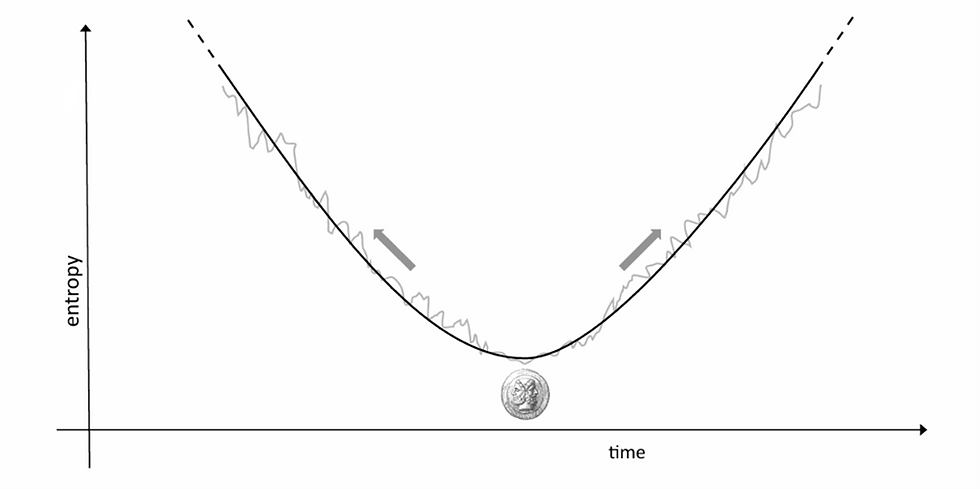Millikan's Oil-Drop Experiment: How Was The Charge Of The Electron Determined?
- JYP Admin

- Aug 14, 2020
- 1 min read
Updated: Nov 4, 2023
Author: Arpan Dey

We all know that the charge of an electron, in Coulomb, is - 1.6 X 10^-19. But how was this charge determined?
Physicist Robert Millikan spread oil-drops over a plate with a tiny hole, and got them in an electric field and ionized them. The electrons present in that region got stuck on the oil-drops, and thus the oil-drops became charged. Calculating this charge, the charge of an electron could be determined.



Now, all the values present in the RHS are known. Millikan, on finding out the H.C.F. (Highest Common Factor) of different values of q that he obtained, found it to be approximately 1.5 X 10^-19 Coulomb, which he reasoned to be the magnitude of the charge of a single electron. The greater values, which were always multiples of 1.5 X 10^-19, indicated the presence of more than one electron.
As a final note, it should be noted that Millikan's original experiment was affected by confirmation bias, which is a psychological phenomenon (look it up if you're interested), and the actual charge of the electron is a bit higher than the value predicted by Millikan (1.6 X 10^-19). However, his experiment was undeniably ingenious.


.png)




Comments